
|
||||||||||||
|
|
|


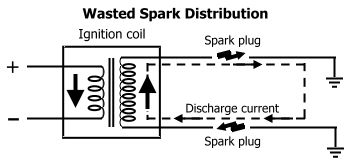
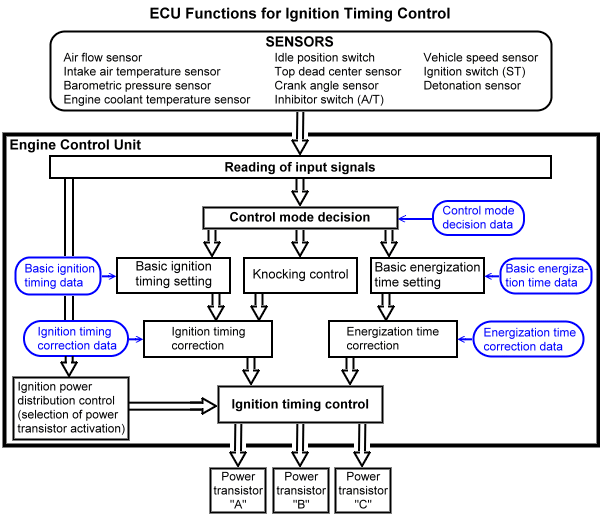
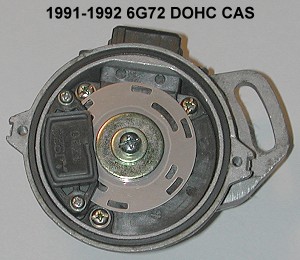
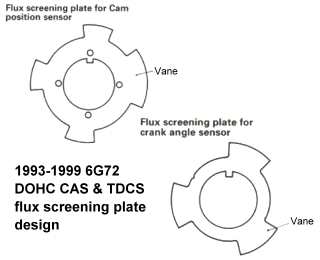
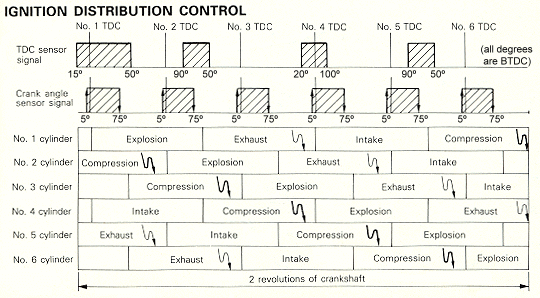
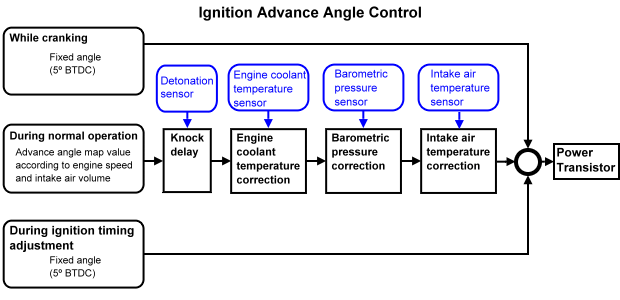
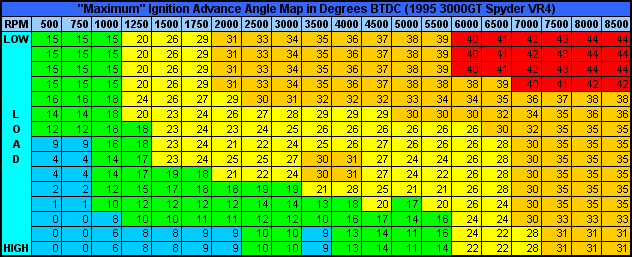
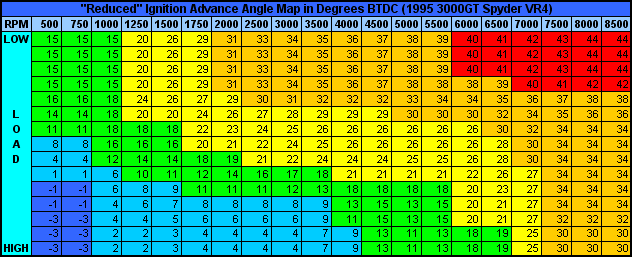
| Engine Coolant Temperature Correction | ||
|---|---|---|
| ºF | ºC | Timing Change (º) |
| 224 | 106.67 | -2 |
| 206 | 96.67 | -1 |
| 176 | 80.00 | 0 |
| 125 | 51.67 | 0 |
| 95 | 35.00 | 0 |
| 69 | 20.56 | 0 |
| 46 | 7.78 | +4 |
| 19 | -7.22 | +8 |
| -3 | -19.44 | +11 |
| Intake Air Temperature Correction | ||
|---|---|---|
| ºF | ºC | Timing Change (º) |
| 185 | 85.00 | -3 |
| 133 | 56.11 | -1 |
| 100 | 37.78 | 0 |
| 73 | 22.78 | 0 |
| 48 | 8.89 | 0 |
| 19 | -7.22 | -1 |
| -14 | -25.56 | -2 |
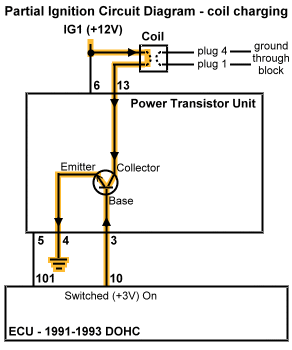
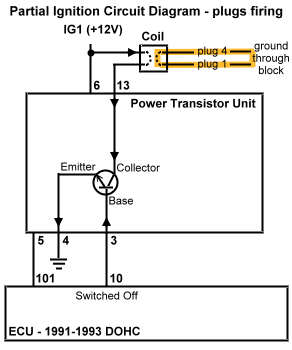
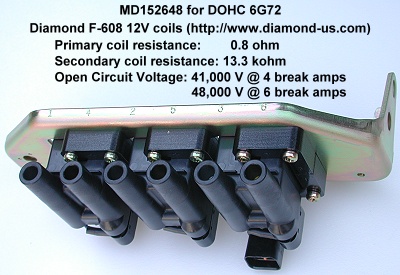
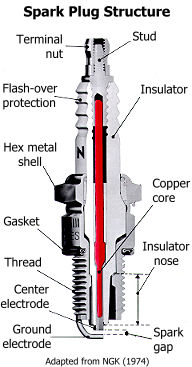
|
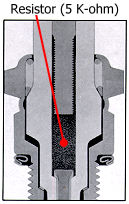
|
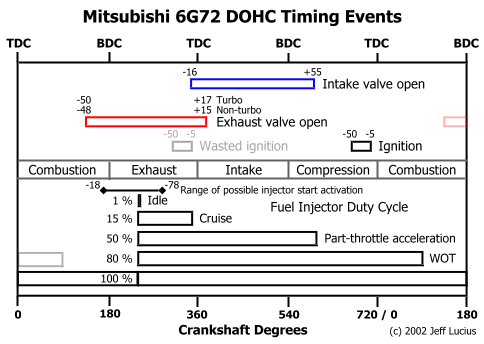
| Back | Home | Forward |